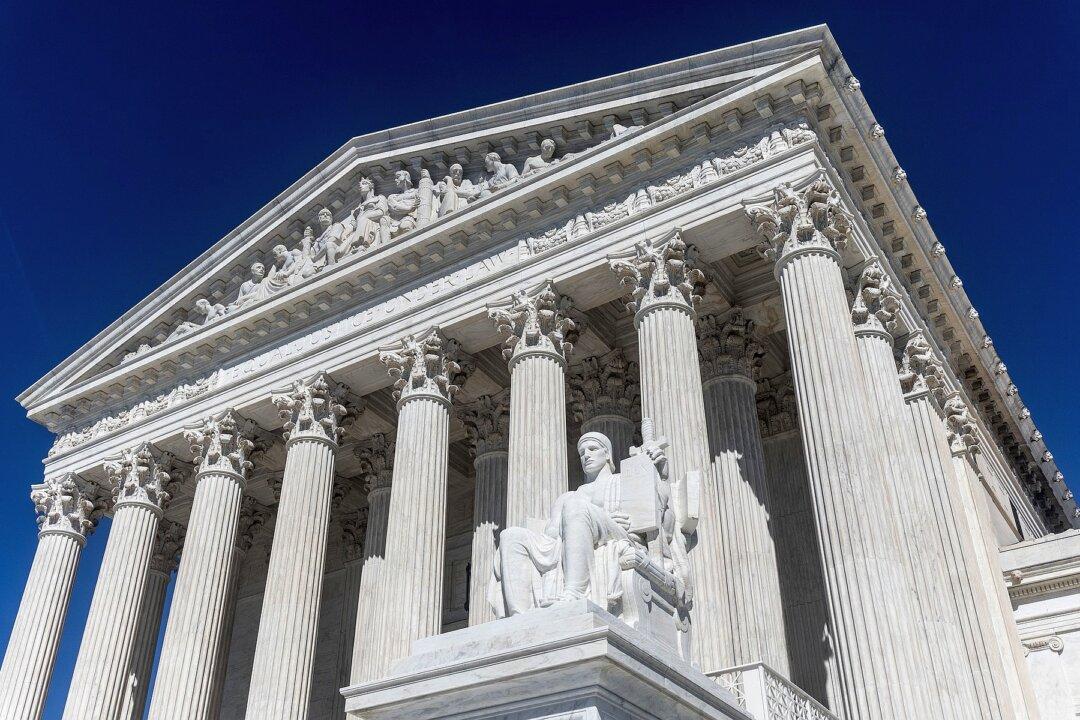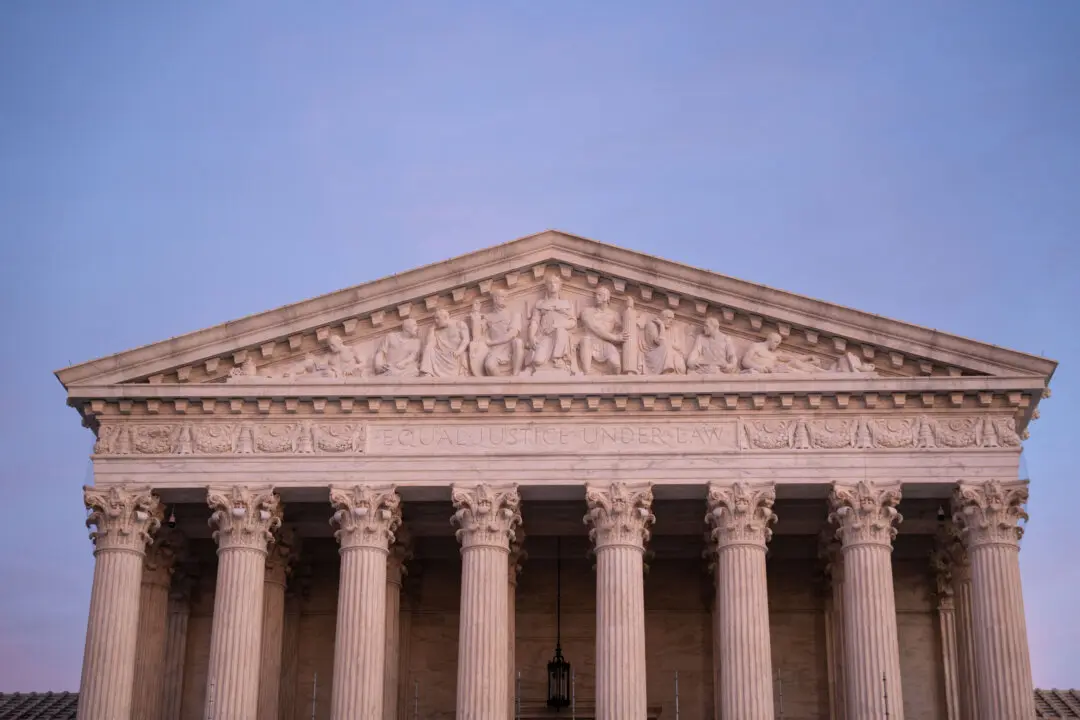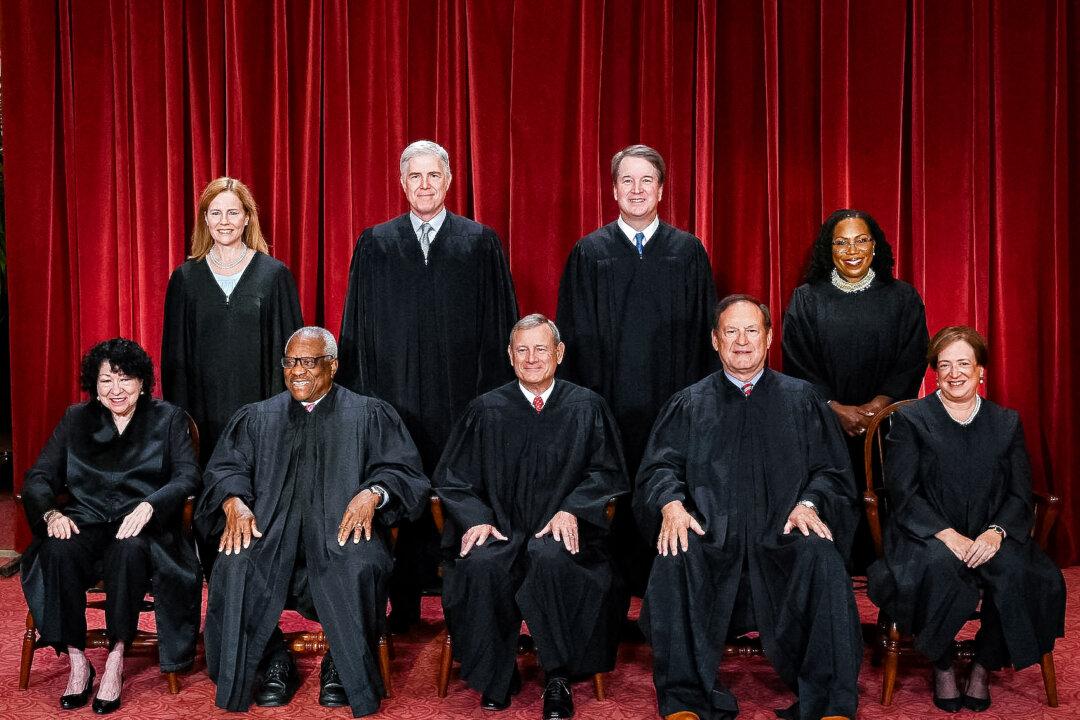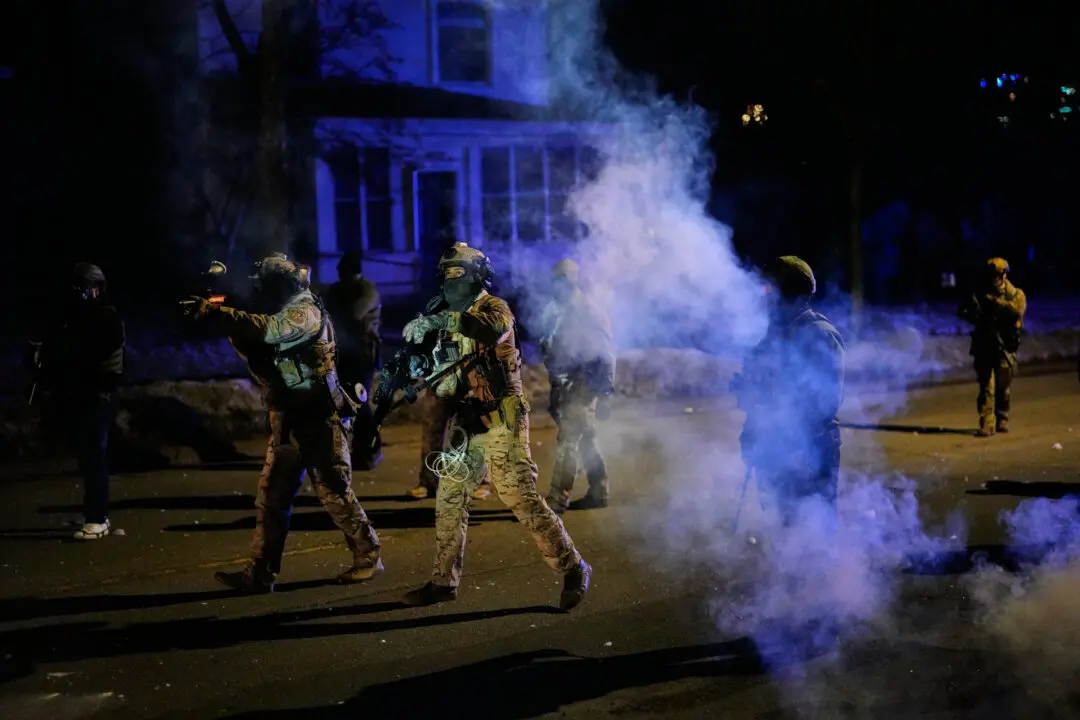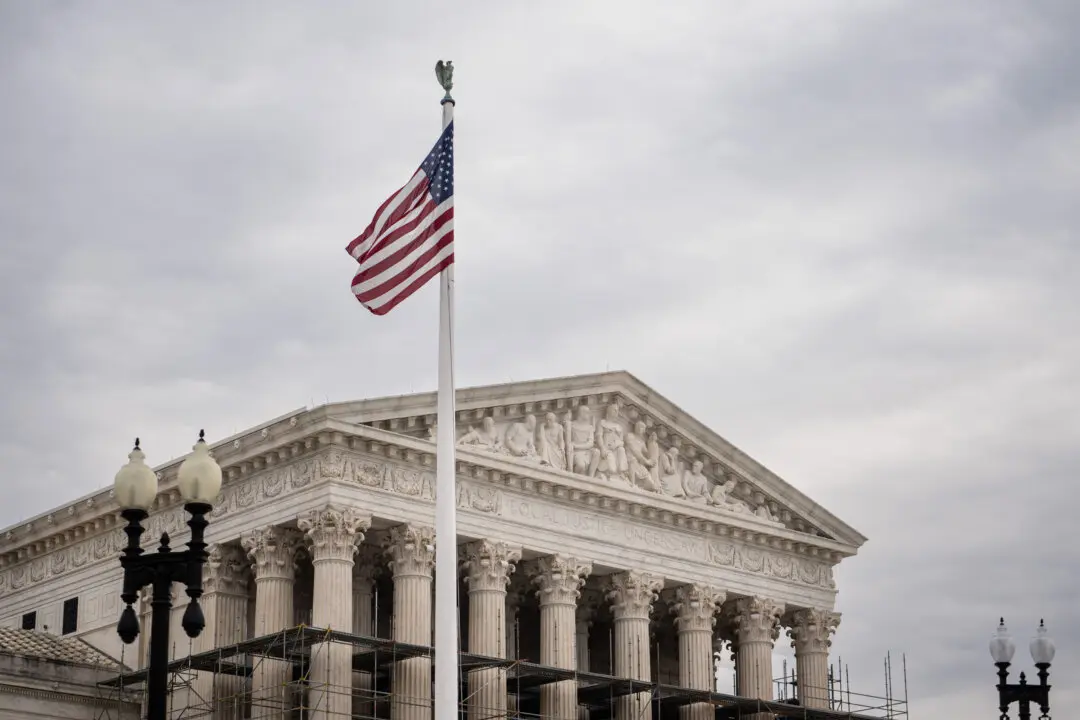The Supreme Court gave a cool reception to the Biden administration during oral arguments on Nov. 29 in a case in which a health care system was seeking higher government reimbursements for treating low-income patients.
The case, on appeal from the U.S. Court of Appeals for the 9th Circuit, is Becerra v. Empire Health Foundation, court file 20-1312. Xavier Becerra is U.S. secretary of health and human services.
